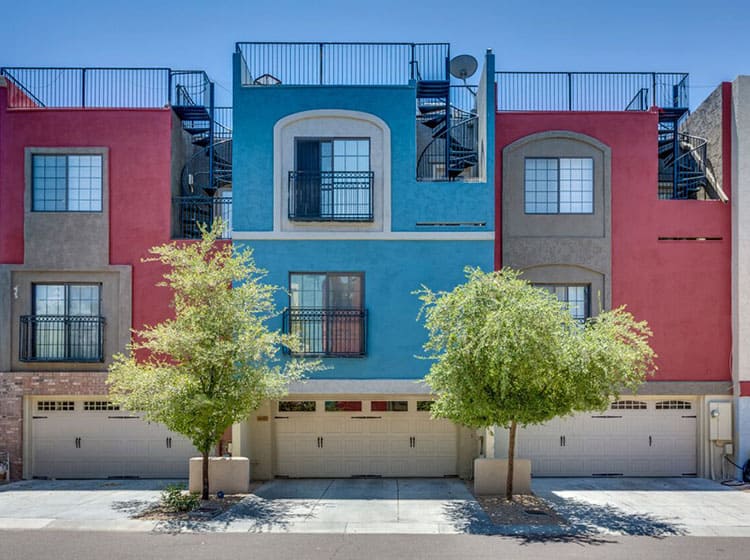Crucial Seasonal Aspects Of Commercial Exterior Painting: What You Must Comprehend
Crucial Seasonal Aspects Of Commercial Exterior Painting: What You Must Comprehend
Blog Article
Authored By-Ford Rodriquez
When you're intending a commercial outside painting task, seasonal aspects can make or break your results. You'll wish to take into consideration how temperature and humidity impact paint application and drying out times. Selecting baluster painter can guarantee your paint adheres effectively and lasts longer. Yet which periods are absolutely the best for this kind of job? Let's discover the key elements that can influence your project's success.
The Influence of Temperature Level on Paint Application
When you're planning an industrial external paint project, the temperature level can substantially influence how well the paint adheres and dries out.
Ideally, you intend to repaint when temperature levels vary between 50 ° F and 85 ° F. If it's also cold, the paint may not heal properly, leading to issues like peeling off or fracturing.
On the flip side, if it's also warm, the paint can dry out too promptly, preventing appropriate attachment and leading to an unequal surface.
You should also consider the moment of day; early morning or late afternoon offers cooler temperatures, which can be more positive.
Always examine the manufacturer's recommendations for the specific paint you're using, as they usually give guidance on the perfect temperature range for optimal results.
Moisture and Its Impact on Drying Times
Temperature isn't the only environmental factor that affects your commercial outside paint project; humidity plays a substantial role also. check here can slow down drying times considerably, impacting the overall top quality of your paint job.
When the air is filled with dampness, the paint takes longer to cure, which can lead to issues like poor attachment and a greater risk of mold growth. If you're painting on a specifically damp day, be prepared for prolonged delay times between coats.
It's essential to keep track of regional weather and strategy as necessary. Ideally, aim for moisture degrees in between 40% and 70% for optimal drying out.
Keeping these consider mind guarantees your project stays on track and delivers a lasting surface.
Best Seasons for Commercial Outside Painting Projects
What's the best time of year for your commercial external paint jobs?
Springtime and early loss are commonly your best bets. Throughout these periods, temperature levels are light, and humidity degrees are often lower, creating ideal problems for paint application and drying.
Avoid summer season's intense heat, which can cause paint to dry also rapidly, causing poor attachment and finish. Likewise, wintertime's cold temperature levels can impede appropriate drying and healing, taking the chance of the longevity of your paint task.
Go for days with temperature levels in between 50 ° F and 85 ° F for optimum results. Keep in https://independent-painters-near80246.bcbloggers.com/33473136/discover-the-key-concerns-to-think-about-before-picking-house-painters-and-discover-the-tips-for-rejuvenating-your-home-with-a-new-layer-of-paint to check the regional weather report for rainfall, as wet conditions can wreck your project.
Planning around these variables guarantees your painting task runs efficiently and lasts much longer.
Conclusion
Finally, preparing your business outside painting jobs around seasonal considerations can make a substantial distinction in the outcome. By organizing job throughout the perfect temperatures and humidity degrees, you'll guarantee much better adhesion and drying times. Keep in mind to keep an eye on local weather forecasts and select the right time of year-- spring and early fall are your best bets. Taking https://www.theunion.com/classifieds/service/home/paint/eric-whatley-painting-painting-contractor-lop-resident-specializing-in-high/ad_07040830-c2c4-5ccd-8ab5-4552def62c2f.html will help you accomplish a long lasting and professional finish that lasts.
